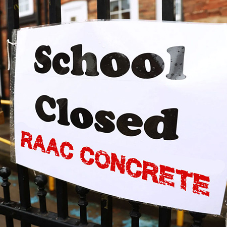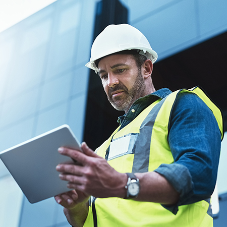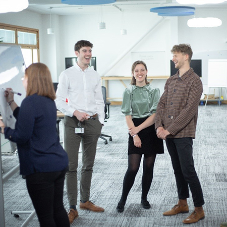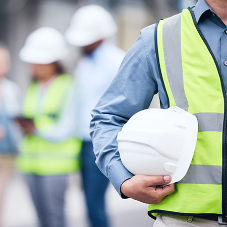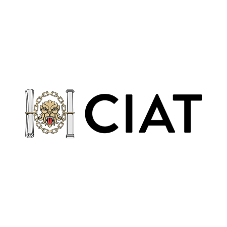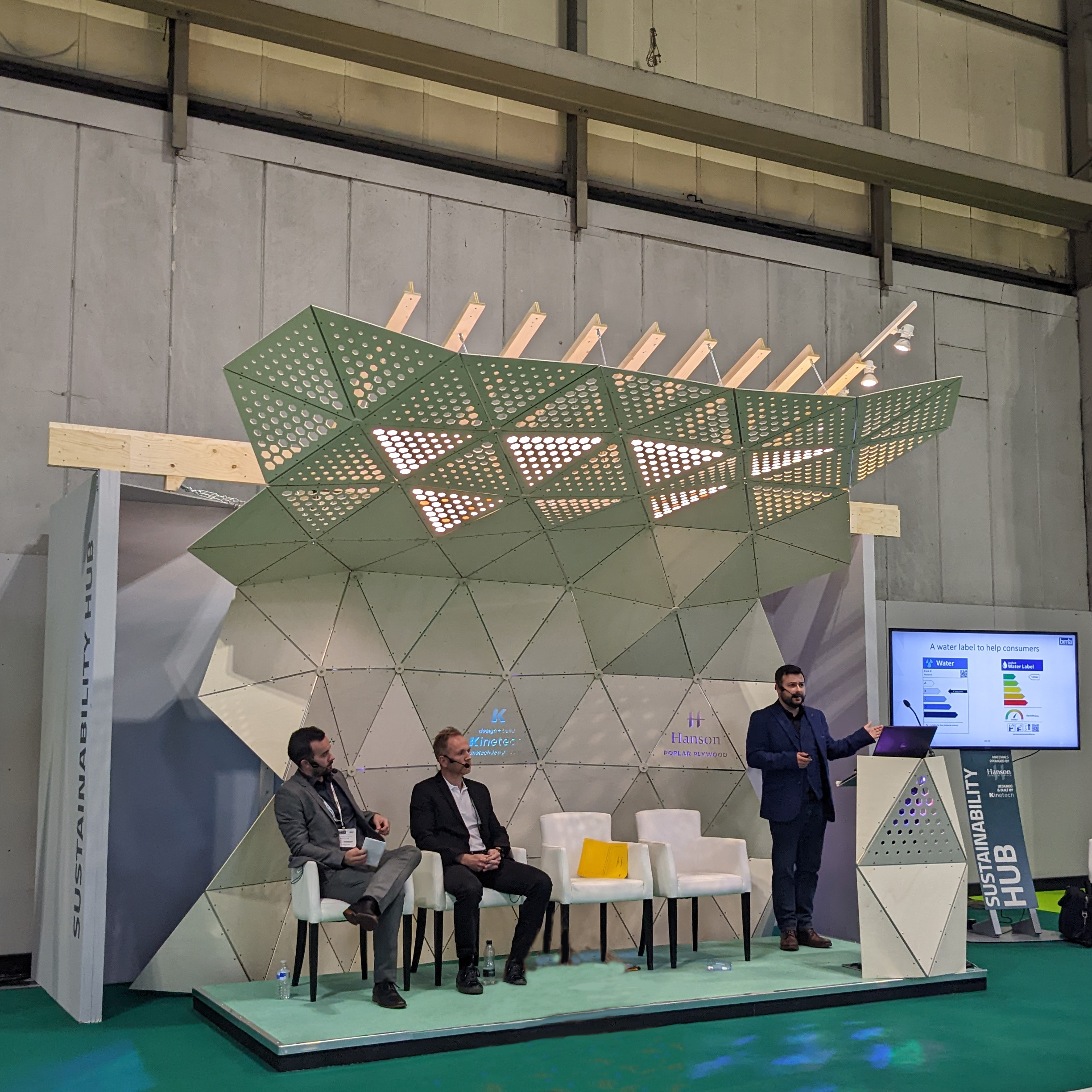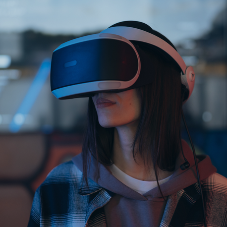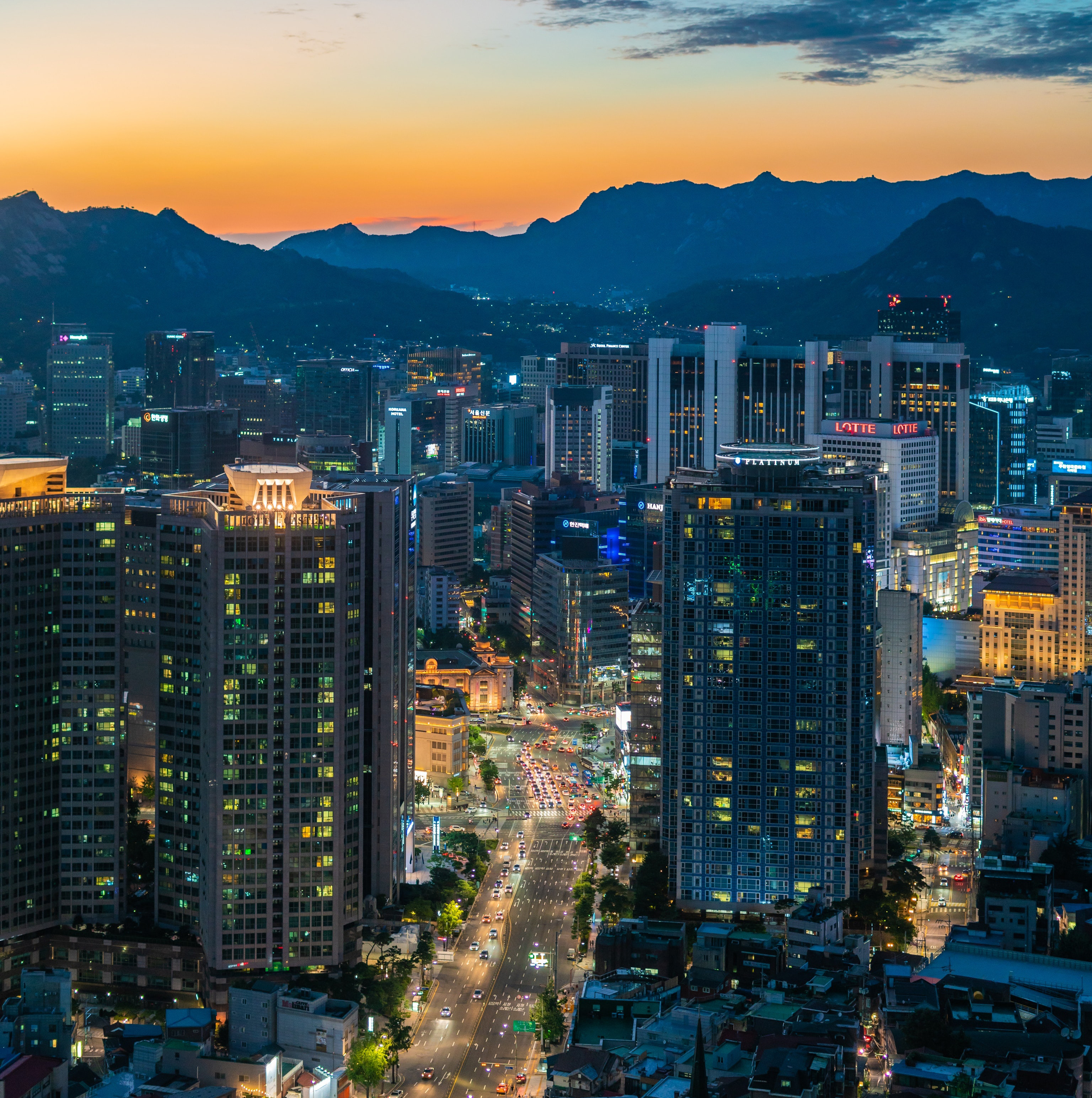Artificial grass is all the range these days, popping up across a wide range of sectors from hospital gardens, to shopping centres and home installation. But is it ideal as a surface for playing sports?
Astroturf, 3G and 4G sports pitches aren’t a new phenomenon, but how do they hold up against good old fashioned grass? We explore the pros and cons of artificial turf for sports construction.
Pros:
Less maintenance
It goes without saying that artificial turf requires less maintenance than traditional turf: for one, it doesn’t grow! This means that it typically doesn’t have to be cut, watered, fertilised or weeded. It won’t die and is more likely to survive a harsh winter. This will save sports organisations hundreds on grounds keeping costs.
Weatherproof
Artificial grass is essentially weatherproof! Short of a tornado coming along and ripping it up artificial turf can survive most weather conditions and remain the same whatever the weather. It’s not reliant on the sun and it won’t get muddy. It will stay the same thickness throughout the pitch reducing hazards caused by ground wear and tear.
Fair play
Artificial grass can allow groundskeepers more control of the pitch or field’s consistency. Each section of grass is manufactured the exact same as the last. Meaning, no areas will be uneven or differently textured which can alter the speed of a ball or the footing of a player; with artificial turf everyone is on a level playing field.
Less work, more play
As artificial turf wears better than natural grass more games can be played on an artificial pitch closer together, with minimal maintenance. Artificial grass can also be used sooner than natural pitches after rain leading to fewer delays and cancellations.
Advancements in safety
New artificial turf technology has developed a polypropylene surface which minimises the risk friction between skin and the playing surface. Research has shown that this kind of surface produces less friction than natural grass. It is also safer during rainy conditions as it cannot be ripped up and does not get muddy.
Cons:
Reduced flexibility
On traditional pitches field lines are painted on and can be easily changed up to host different sports. However, with artificial turf the field lines are sown in to the fabric meaning it’s harder, more expensive and more time consuming to change them up. Potentially making artificial turf inefficient for multi-use venues.
Like watching paint dry
Though listed as a pro earlier, the evenness and material of an artificial surface can make for a boring game of sport for a spectator. The increased friction caused by natural grass impacts the speed at which an object moves across it. Artificial grass in games such as cricket or baseball could lead to easier catches with a slower moving ball, meaning less excitement for the crowd. In America, a study by the National Football League Players' Association showed that nearly 73 percent of players preferred playing on natural grass.
Increased heat
As fibres in artificial turf are made from either polypropylene or nylon they are characteristically heat absorbent. On particularly sunny days this could mean the field could be too hot to play on. Because of these heat-absorbent properties artificial turf needs to be watered down before being played on.
Is it really that safe?
Though pitches made from polypropylene can reduce friction other materials commonly used for artificial turf can cause more friction than natural grass leading to further risk of burns or abrasions. Similarly the head-absorbent properties of the fibres can lead to injury. Studies have been done to see if artificial turf leads to more impact-injuries as artificial pitches tend to be harder than natural ones. The outcomes of these studies are largely inconclusive, only reporting small margins either way.
Though artificial grass typically has a higher initial cost than natural turf it has a lower life cycle cost, potentially making it ideal for schools or charity funded applications.
The answer to whether you should or should not specify artificial turf really depends on the nature of your development and the needs of the client.
What do you think? Are you for or against artificial turf in sports construction?
Find out more about Sports Construction on our Sports Construction Hub.
Related Blog Articles


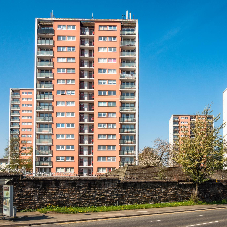
crop192.png)


